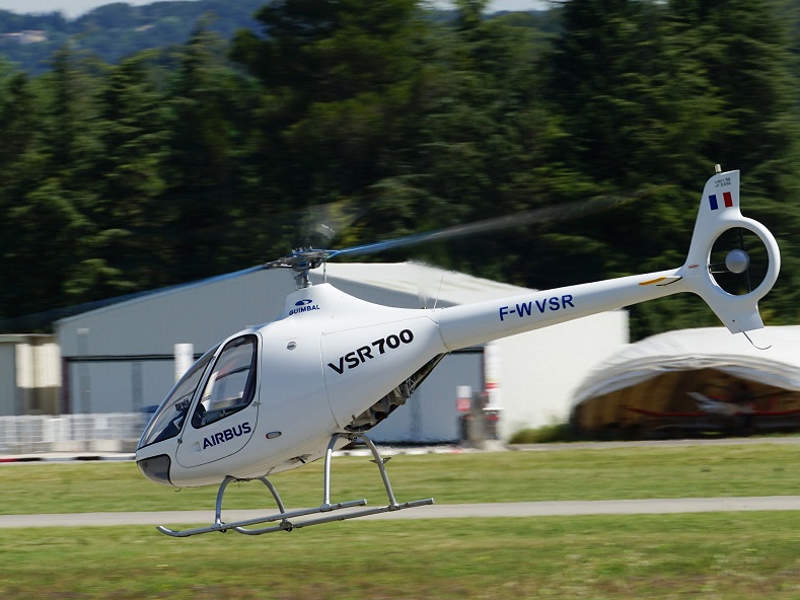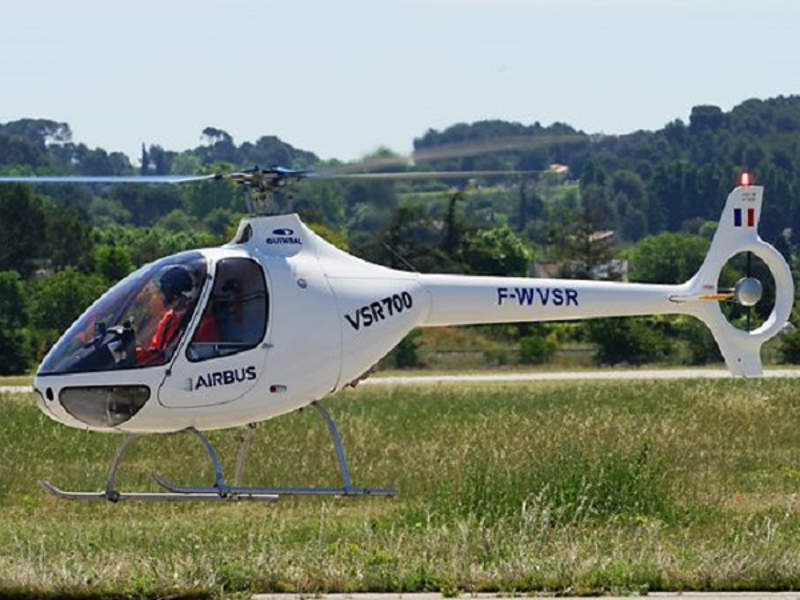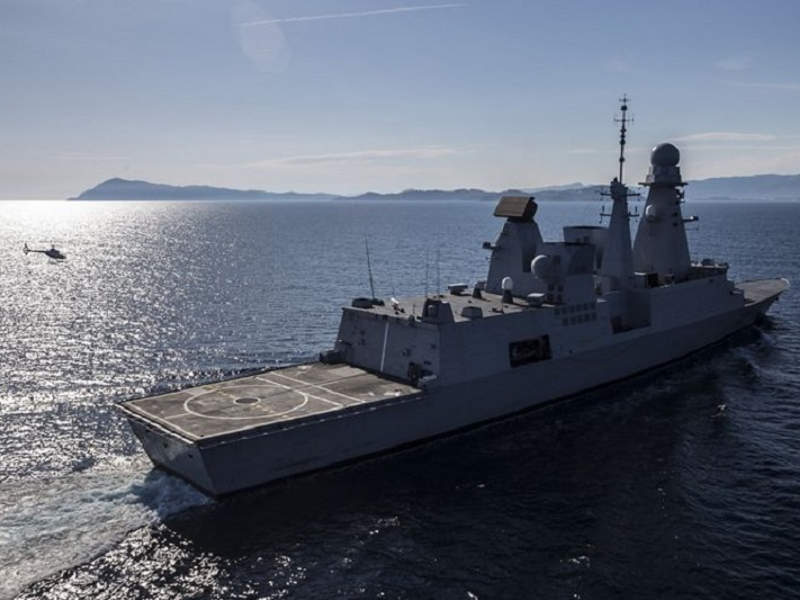The VSR700 (Vertivision Surveillance Rotorcraft 700) vertical take-off and landing (VTOL) tactical unmanned aerial vehicle (UAV) is being developed jointly by Airbus Helicopters and Helicopteres Guimbal.
The optionally piloted vehicle (OPV) made its first flight at Aix-Les-Milles Aerodromein in May 2017. It was integrated with a pilot-operated flight control system for the test flights. The UAV was displayed for the first time at Paris Air Show 2017.
The maiden flight of the VSR700 rotary-wing UAV prototype is expected to take place in 2018. The military certification and serial production are scheduled for 2019, while deliveries are planned in 2020.
The UAV is primarily intended for shipborne operations and can also be deployed in land-based military missions, including intelligence, surveillance, target acquisition and reconnaissance.
VSR700 design and features
The VSR700 is based on the Cabri G2 single-engine light helicopter developed by Guimbal. The energy-absorbing structure is made of carbon-fibre composites. It integrates a three-bladed fully articulated main rotor head and a maintenance-free Fenestron® tail rotor.
The robust shroud and energy-absorbing skid of the tail rotor ensure superior safety during close-to-the-surface manoeuvres, and landing in cluttered zones. The under-fuselage is attached with skid landing gear through elastomeric mounts.
The rotor-wing UAV has a length of 6.2m, rotor diameter of 7.2m and a height of 2.5m. Its maximum take-off weight (MTOW) and empty weight are 700kg and 450kg respectively.
The fuel-efficient diesel power-plant of the VSR700 will significantly reduce the operating costs, while the proven design will further minimise maintenance costs.
Payload details
The VSR 700 UAV will have a payload carrying capacity of approximately 250kg. Airbus in co-operation with DCNS is offering an integrated package for the future medium-size frigates to be introduced by the French Navy.
DCNS is responsible for developing the solutions for the shipborne mission, and integration of the UAV into the new naval platforms. It will also validate the payloads and mission data links aboard the UAV.
The mission system developed by DCNS will enable the simultaneous management of UAV tasks and control of its sensors through the combat management system (CMS).
The UAV can be integrated with a range of optional payloads, including a Thales anti-submarine warfare (ASW) module with a sonobuoy launcher, Survitec RFD search and rescue (SAR) raft, a Safran Euroflir 410 electro-optical (EO) system, a L-3 Wescam MX-15 EO system, a Thales active electronically scanned array (AESA) radar and a LRAD 450XL long range acoustic hailing device.
Fight control system of VSR700 rotary-wing UAV
The VSR 700 UAV will be equipped with a fully digital, multi-channel automatic flight control system (AFCS) offering a very high level of redundancy.
The AFCS is derived from Airbus Helicopters’ existing digital autopilot systems. The electronics aboard the UAV will be protected from electro-magnetic interference.
Engine and performance of VSR700 VTOL UAV
The VTOL UAV will be fitted with a turbocharged heavy-fuel engine, which develops a maximum power output of 155hp. The UAV will have a fuel storage capacity of 296l and can be optionally added with an auxiliary tank for carrying an additional fuel load of 70l. The fuel consumption of the UAV will be 15kg an hour.
The unmanned aircraft can attain a maximum speed of 187km/h and can operate at a maximum altitude of 20,000ft. It is expected to remain in the air for up to ten hours. It can perform take-off and landing operations in crosswinds of 60kt (31m/s) speed. It is expected to offer superior endurance and payload capacity similar to those of heavier UAVs.
The Global Unmanned Aerial Vehicles (UAV) Market 2011-2021
This project forms part of our recent analysis and forecasts of the global unmanned aerial vehicles (UAV) market available from our business information platform Strategic Defence Intelligence. For more information click here or contact us: EMEA: +44 20 7936 6783; Americas: +1 415 439 4914; Asia Pacific: +61 2 9947 9709 or via email.






